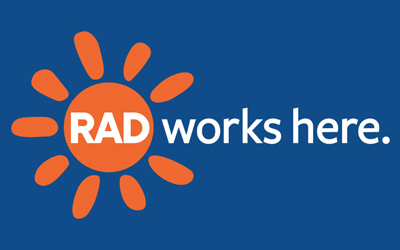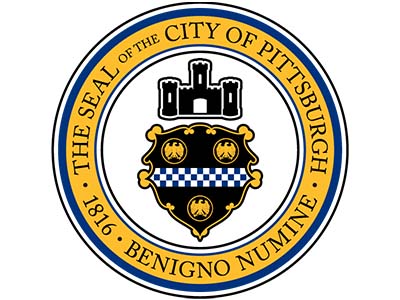The Plants and Animals of Hawai‘i: : A Youth Art Exhibition





When you think of the flora and fauna of Hawai‘i, you may think of pineapple and coqui frogs. However, these symbols of Hawai‘i are not native to the islands! Hawai’i has over 25,000 unique native species, and many of these are endemic, meaning they are only found on the Hawaiian Islands! Hawai'i is one of the most biologically diverse places on Earth, and the species that have evolved here are amazingly beautiful and unique. Unfortunately, Hawai‘i also has one of the highest extinction rates in the world, and many native and endemic species are threatened or endangered.
Humans have always impacted nature but not always in a harmful way. Native Hawaiians have practices that actually improve ecosystem services. They recognize themselves as part of nature (which we often forget) and understand the natural systems of the islands so well that they can enhance these systems to sustain both human and wildlife communities. And native Hawaiians aren’t alone in this — in fact, regions managed by Indigenous peoples are often more biodiverse than untouched regions. When we recognize our relationship with nature, we can better understand how to work with natural systems instead of against them.
In this Phipps Fairchild Challenge, students chose a native or endemic Hawaiian animal, plant or other organism that they found interesting and created artwork of it. Accompanying the artwork, students wrote a 500-word description of the native Hawaiian organism that they chose, including its unique characteristics, which “moku” it lives in, its role in its ecosystem, the relationship it had/has with native Hawaiians and its current population status.
This program is made possible by the generous support of the Grable Foundation, the Allegheny Regional Asset District, and contributors to the Phipps Fund and Seeding the Future Matching Fund Appeals.




